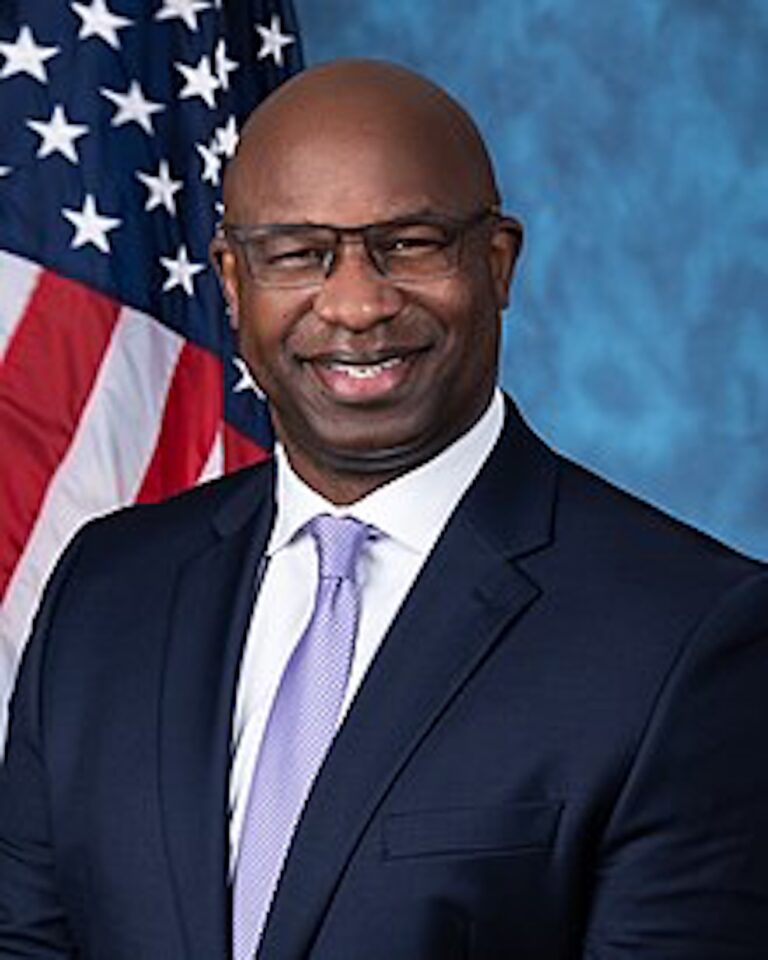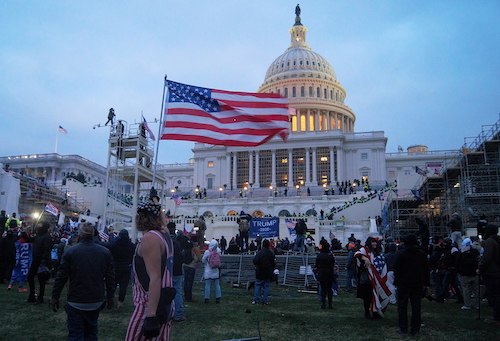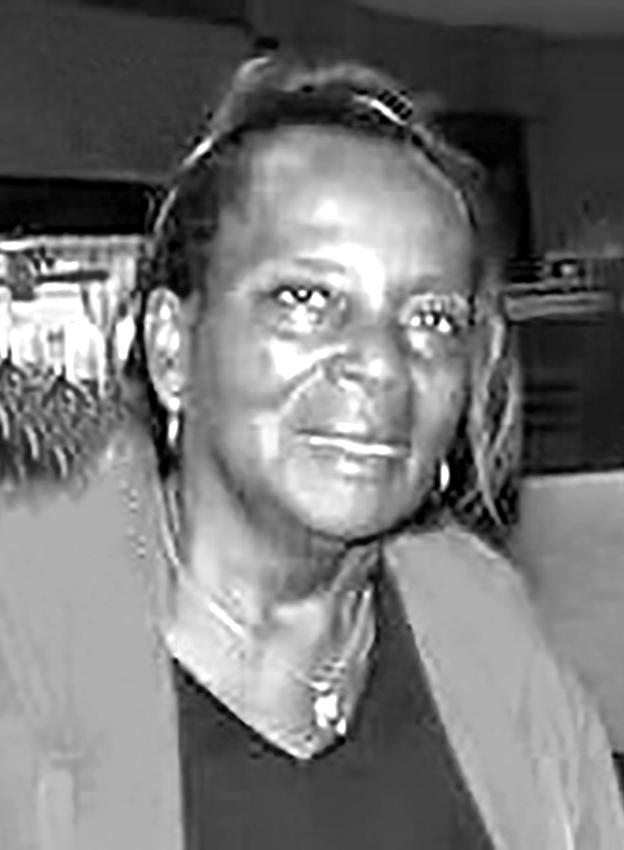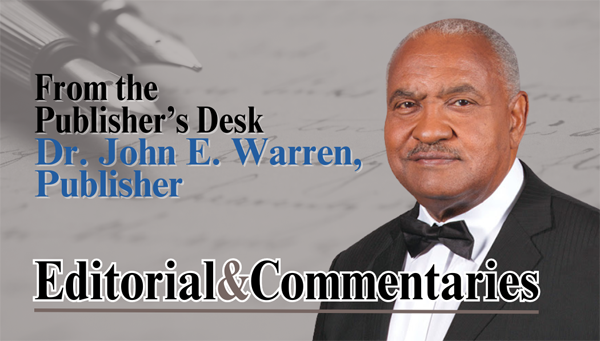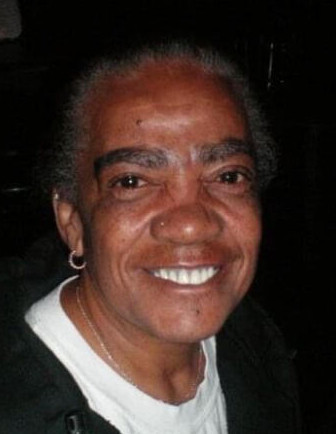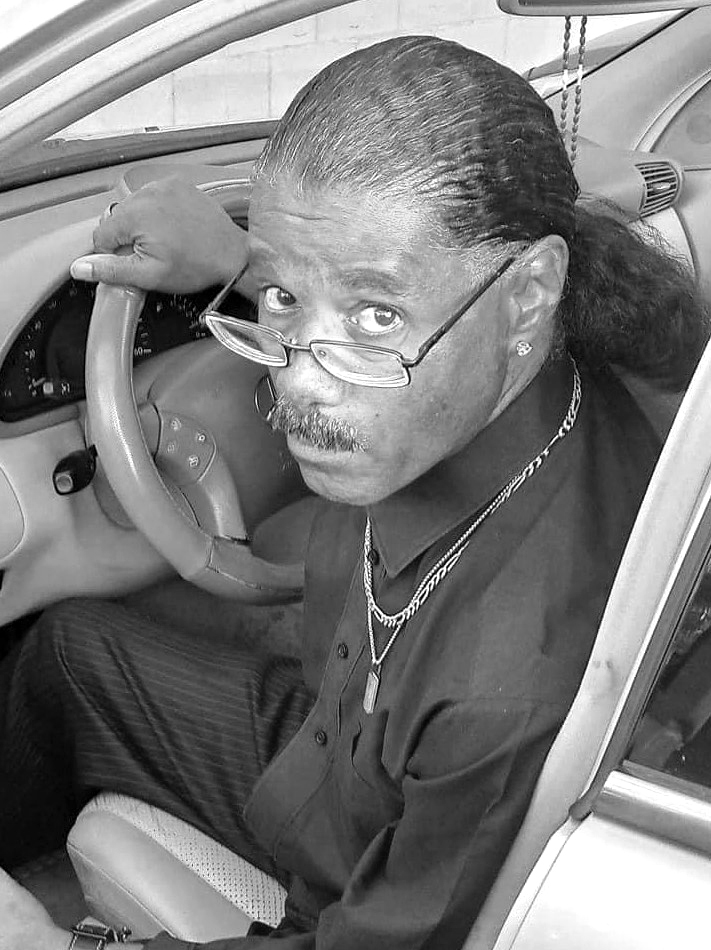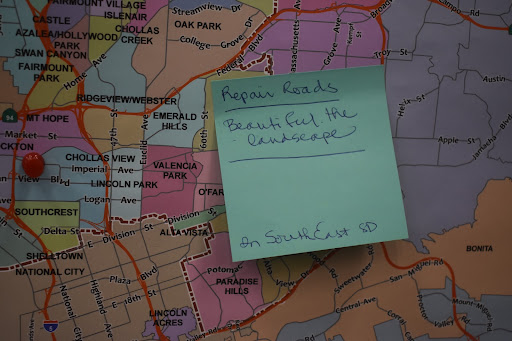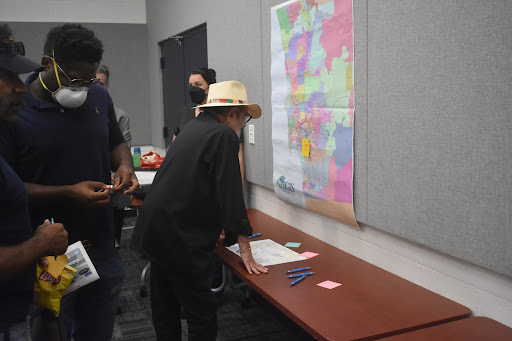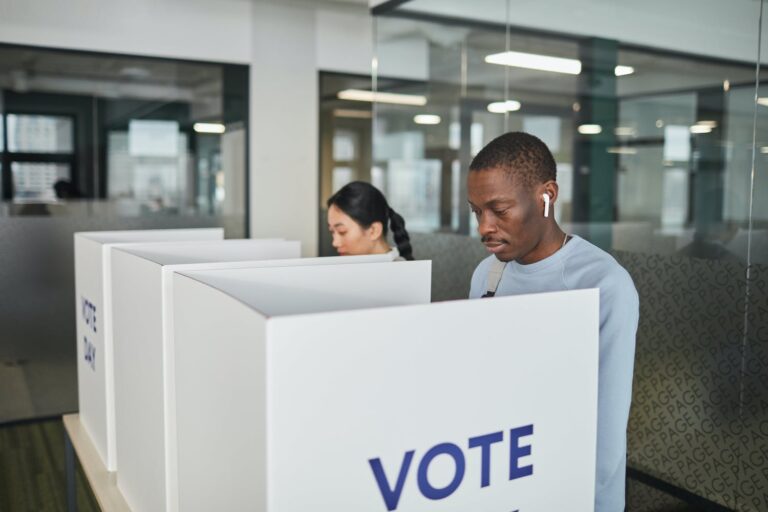By Joe W. Bowers Jr, California Black Media
Oct 7, 2023, will be known as Israel’s 9/11.
Hamas terrorists crossed the Israel-Gaza border and indiscriminately slaughtered Israeli civilians in their homes and apartments. They killed nearly 300 young people at a music festival and took at least 200 hostages including 30 children. The atrocities they committed included massacres of entire families, the abduction of the elderly and young children, burning babies and rapes of women.
The horrific surprise attack by Hamas deserves universal and unequivocal condemnation. President Joe Biden called what Hamas did an act of sheer evil and pledged to defend the lives of Israelis and Jewish Americans. He said, “Let there be no doubt. The United States has Israel’s back. We’ll make sure the Jewish and democratic state of Israel can defend itself today, tomorrow as we always have.”
Hamas killed approximately1400 people including 32 Americans. Citizens from 40 different countries including the United Kingdom, France, Mexico, and Thailand were killed or reported missing.
Hamas fighters breached Israel’s border defenses on the final day of Sukkot while soldiers were away due to the holiday and launched attacks on 22 towns outside the Gaza Strip. This security lapse has been described as a catastrophic failure of Israel's intelligence agencies, including Aman, Mossad and Shin Bet.
Hamas is an extremist Islamist militant organization that has governed the Gaza Strip since 2007. It is recognized as an Iranian backed terrorist group by the US and European Union and has a long history of violence against Jews and Palestinians, the latter of whom they often use as human shields.
While there have been plenty of groups who have unequivocally condemned the massacres, sadly, there are a number who haven’t including organizations such as the Democratic Socialists of America (DSA), Black Alliance for Peace, Red Nation, and independent Black Lives Matters (BLM) chapters (excluding the national Black Lives Matter Global Network Foundation).
The DSA San Francisco chapter put out a statement on Oct. 9 that said, “Socialists support the Palestinian people’s, and all people’s, right to resist and fight for their own liberation. This weekend’s events are no different.”
Student organizations at a number of universities and colleges in California signed a solidarity statement titled “Resistance Uprising in Gaza” from Students for Justice in Palestine (SJP). The statement avoids condemning Hamas for massacring innocent civilians. Instead, it attributes the violence of the Hamas attack to what it refers to as Israeli apartheid and occupation.
The SJP statement written by Bears for Palestine at UC Berkeley says, “We support the resistance, we support the liberation movement, and we indisputably support the Uprising.” Essentially, these students are indirectly associating themselves with Hamas’ barbaric acts under the guise of “resistance.”
Signing the statement were 51 student organizations including those from Stanford, UC Berkeley, UCLA, UC Davis, UC San Diego, CSU Sacramento, and USC.
Nationally, student organizations at Harvard, Columbia, the University of Michigan Law School and Northwestern issued similar statements that either directly or indirectly endorse or justify the actions of Hamas.
A statement signed by 34 Harvard student organizations said, “We, the undersigned student organizations, hold the Israeli regime entirely responsible for all unfolding violence.”
Many university leaders, where these students are enrolled, have been guilty of failing to unequivocally condemn Hamas and for inadequately addressing their students’ expressed support for Hamas.
Several Stanford faculty members, including three Nobel laureates, condemned Stanford’s administrators’ weak response to acts of terrorism and the expression of pro-Hamas sentiments by students on campus.
Harvard’s leaders have been criticized by faculty and alumni for their failure to denounce the statement endorsed by student organizations declaring “the Israeli regime entirely responsible for all unfolding violence.”
Both Stanford and Harvard Presidents have since issued more forceful statements condemning all forms of terrorism, mass atrocities, and antisemitism and have demonstrated the moral leadership that their students need to look up to.
Israel unilaterally withdrew from Gaza in 2005. It dismantled 21 Israeli settlements in the territory and handed them over to the Palestinian Authority.
The assault by Hamas on Oct. 7 was not an ordinary clash with Israel. Hamas’ actions resulted in the deadliest single day for Jews since the Holocaust.
While there are valid reasons for protesting Israel’s treatment of Palestinians and a real reckoning with the Israeli government on its policies is long overdue, but nothing justifies Hamas’ Oct. 7 indecent attack on civilians. Israelis who were killed largely had nothing to do with the conditions of Palestinians in Gaza. Some of the victims weren’t even Israeli — they were just tourists.
The students blaming Israel for the atrocities committed by Hamas have faced criticism. Some of the student groups have withdrawn their endorsements because of the backlash aimed at them. Other groups have doubled down on their anti-Israel activism. SJP held a “National Day of Resistance” on several campuses.
At Harvard, student names have been posted on websites and several CEOs have asked Harvard to disclose a list of members from the organizations that issued the letter assigning sole responsibility for “Hamas’ heinous acts” on Israel” to insure they do not hire any of their members. A Berkeley law professor has also urged firms not to hire his students who have publicly blamed Israel for the war.
BLM Chicago has removed a controversial post on X featuring a paragliding activist carrying a Palestinian flag, acknowledging its regret over the post in response to the backlash it created.
Any entity or individual, public or private, who fails to unequivocally condemn the atrocities committed by Hamas is condoning the murder of innocent civilians, including children, as well as acts of rape, hostage-taking, and terrorism. This is intolerable in a civilized society. Such insensitivity and lack of a moral compass are not only disgusting but also profoundly misguided (stupid) and deserving of any resulting criticism and backlash.
About the Author
Joe W. Bowers Jr. is a contributing editor to California Black Media. He is a graduate of Stanford University.
This California Black Media report was supported in whole or in part by funding provided by the State of California, administered by the California State Library.”




